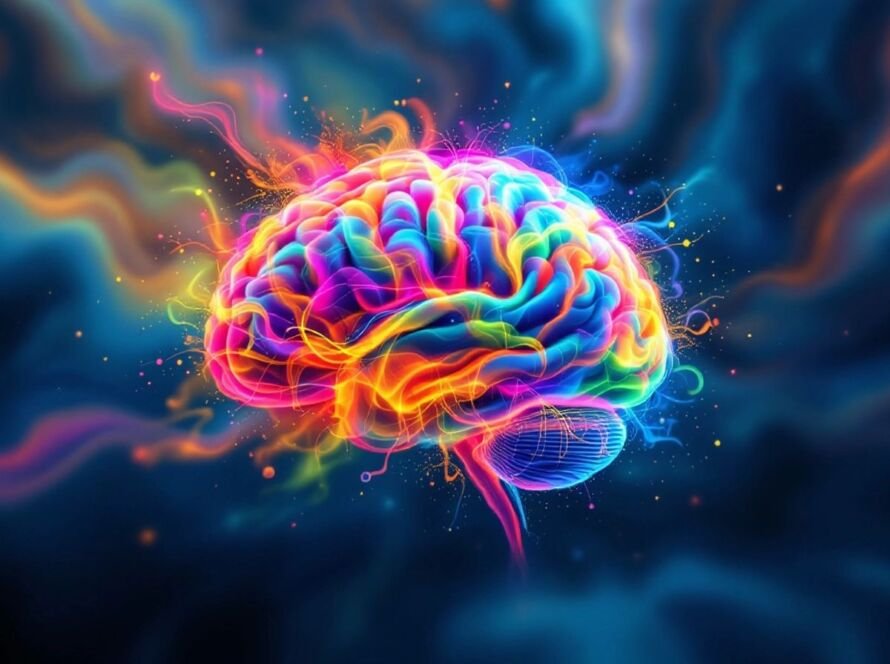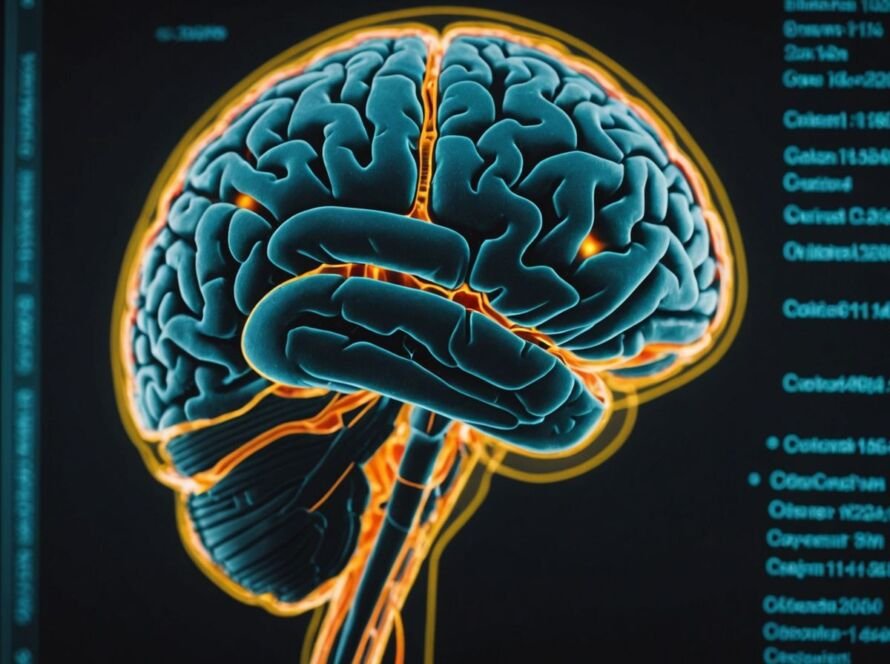In a groundbreaking medical achievement, Oklahoma Children’s Hospital OU Health, in collaboration with Bethany Children’s Health Center, successfully performed the world’s first robotic Deep Brain Stimulation (DBS) surgery on an 8-year-old girl, Karleigh Fry. The procedure led to immediate improvements in her motor functions, setting a new precedent in pediatric neurosurgery.
Key Takeaways
- First-ever robotic DBS surgery on a pediatric patient: This milestone marks the first time robotic technology has been used for DBS in a child.
- Immediate motor function improvement: Karleigh Fry experienced significant improvements in her motor abilities right after the surgery.
- Enhanced precision and safety: The use of robotics in the procedure enhances surgical precision and safety, opening new avenues for pediatric care.
The Procedure and Its Significance
DBS involves implanting electrodes into specific brain regions to treat movement disorders such as Parkinson’s disease, essential tremor, and dystonia. Traditionally, this procedure has been performed manually, but the introduction of robotics has revolutionized its application, especially in pediatric cases.
Karleigh Fry, diagnosed with rapid-onset primary dystonia, had been paralyzed and unable to perform basic functions like eating, walking, or sitting up. Despite various medications, her condition only slightly improved, and she often experienced self-injurious dystonia. Her care team at Oklahoma Children’s Hospital and Bethany Children’s Health Center decided to explore robotic DBS as a treatment option.
Collaborative Efforts and Immediate Results
The collaboration between Oklahoma Children’s Hospital and Bethany Children’s Health Center was pivotal in achieving this medical milestone. Dr. Andrew Jea, a pediatric neurosurgeon at Oklahoma Children’s Hospital, emphasized the global significance of this procedure, stating that it sets a precedent not only in Oklahoma but also worldwide.
Following the surgery, Karleigh’s postoperative care continued at Bethany Children’s Health Center, a leader in pediatric rehabilitation. Dr. Amber Stocco, pediatric neurologist and medical director of Child & Adolescent Neurology at Bethany Children’s Health Center, expressed excitement about being at the forefront of DBS and robotics.
Promising Outcomes and Future Implications
When the neurostimulator was activated post-surgery, Karleigh was able to lower and relax her arms within minutes, a feat she couldn’t achieve before. Her movements became more controllable, and her verbalization improved.
Karleigh’s mother, Trisha Fry, noted the immediate improvements, including better control over her arms and enhanced verbal communication. “There’s definitely been some improvements, even from the moment they turned it on. She is even using her voice a little bit more, and we can make out some of her words. I think she’s going to have a great future for sure,” she said.
The successful collaboration between Oklahoma Children’s Hospital and Bethany Children’s Health Center demonstrates how combining expertise and advanced technologies can significantly improve pediatric patient care. This pioneering surgery not only offers hope for children with movement disorders but also paves the way for more pediatric DBS cases worldwide.

